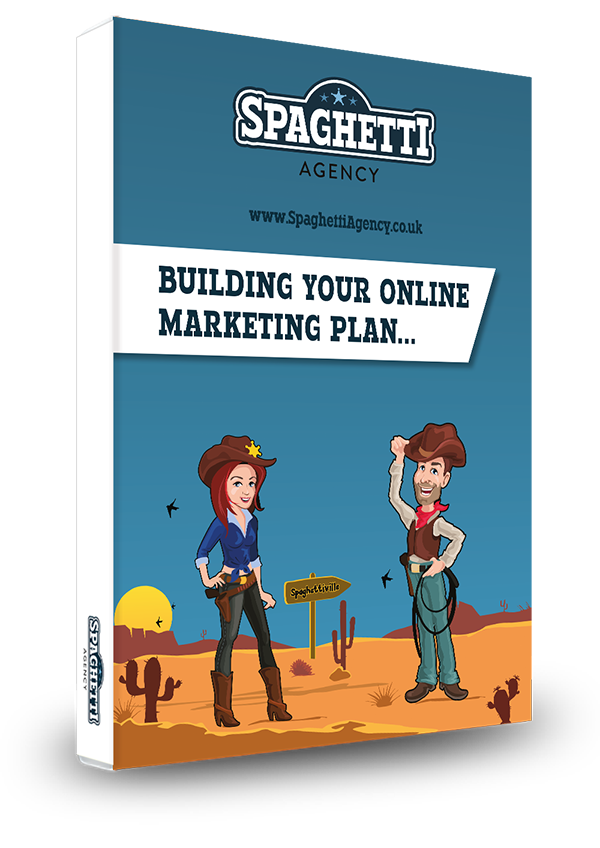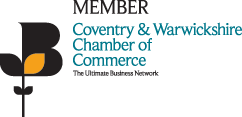Friday Digital Roundup
The Friday Digital Roundup is a witty take on the weird world of the internet. With fun stories from around the globe, it’s the only email newsletter you’ll actually read and enjoy!
We do love writing it, but clearly not as much as people like receiving it - just look at the response we got when a technical hitch meant it wasn’t sent out on time!
@Spaghetti_Jo
Coffee and the FDR is how I start my Friday.
Do not engage until I have devoured both
When it comes to the end of the week, there is no better way to start a Friday than with a run around the internet with Todd and Jo in the FDR. Just don't let them know I do it from the loo!
@Spaghetti_Jo
My inbox is full of rubbish newsletters that Im constantly deleting😬 My VIP inbox is for 1 thing only- THE DIGITAL ROUNDUP🤠I dont read a Newspaper or the news online, I just wait for Fridays, when this lands in my inbox- then I know ‘The weekend has landed’🤗
Get the Friday Digital Roundup and see what everyone’s talking about.
We may look like cowboys, but we’ll never abuse your data! Find out what we’ll do with it here, partner.
Spaghetti Blog
What Actually Makes A Website Work? Real Advice from Spaghetti Agency’s Web Designer
We cornered (in a totally friendly and non-aggressive way) our website designer, Dan, to ask him a few questions about what actually makes websites work.
With over 20 years building websites, Dan has seen it all. Every fad, every “must-have” trend, and every bad idea dressed up as revolutionary.
And now he’s here to share with you what really makes a website work, why most go wrong, and how business owners can stop wasting money on sites that don’t do anything.
What Actually Makes A Website Work? Real Advice from Spaghetti Agency’s Web Designer
So Dan, before we get into the nitty gritty about websites, what’s this about synaesthesia?
Dan: I’ve got synaesthesia. Lexical chromatic, to be exact. Words and numbers have colours. I’ve always had it, but I never really thought much of it. Like, I remember asking people, ‘Why is red four?’ or ‘Why is three green?’ and getting blank stares.
Jo: So for the uninitiated, Synesthesia is a neurological condition where stimulation of one sense leads to automatic, involuntary experiences in another sense. For example, someone with synesthesia might “see” colours when they hear certain sounds, or associate specific tastes with certain words. It’s a neurological trait that results in a blending of senses.
Jo: How does having synaesthesia influence your work?
Dan: When I start a design, I usually say to the client, ‘Give me three words. Just three.’ I mix that with the logo and domain name and within a couple of minutes it all lays itself out in my head. There’s no formal process. It’s instinct. I just see how it should look.
Jo: So, it’s automatic? You don’t sit and plan it?
Dan: Exactly. It’s just how I think. There’s a visual element to everything. I literally see the year as a circular calendar, anticlockwise, with July at the bottom and January at the top. I don’t know why, it’s just there. It helps when dealing with abstract ideas. You’re not forcing it. It just lands.
Jo: Do you explain any of that to clients?
Dan: No, not really. They don’t generally need to know. It’s just part of the process, like using a certain tool. I can look at something and just know a colour’s wrong, or something’s too busy. I don’t need a reason, I just know it. Understandably, clients only really care about the outcomes for themselves, not how the website gets designed. So this is just a tool I use to get creative work done well for them.
How did you end up doing web development in the first place?
Dan: I originally did Geophysics at UCL, which was a terrible idea. It was too intense. You’re doing chemistry with chemists, physics with physicists… there were a lot of real brainiacs there. I left after a year, worked at Wetherspoons for a bit, then decided I wanted to bring something creative in tech. I did one of the early web dev degrees around 2002, and I’ve been doing it ever since… that’s over 20 years now!
What’s your favourite part of the job?
Dan: Taking a client’s abstract ideas and turning them into something visual. That translation process is satisfying, especially when it works so well that they want another website for a different location of their business as they grow.
What do most businesses get wrong when it comes to websites?
Dan: Basically, too much of everything. Too many pages, too many images, too much content. They try to say too much, show too much, and in the end it’s a confusing mess. Simplicity is everything. The days of stuffing your site with near-identical content are over. People have short attention spans, so just make it clear and relevant.
What’s one quick website fix that really helps?
Dan: A rebuild. We’re doing loads of them at the moment. Take an old theme that’s bloated and tired, drop the existing content into a fresh Avada build, make it full-width, mobile-friendly, responsive, and clean. It makes a massive difference, and we can turn them around quickly, sometimes in just four days.
What’s a part of the job that’s more difficult than people realise?
Dan: Pixel-perfect builds. We often get Figma designs that weren’t made by web people, so they look great but they’re a nightmare to implement in a real-world theme. Like, we had a client who wanted a post archive in a specific layout – wide, narrow, repeat – but it was dynamically generated. You can’t do that within standard time or budget. It’s important to know where the design limits are and have good communication with clients.
Tell us about the worst brief you’ve ever had.
Dan: A client wanted a redesign but didn’t know what they wanted. So, I gave them three single-page options. They picked one, we moved forward, and then they just kept changing everything. Meetings, edits, tweaks… by the end it had drifted completely from the original. Then they said, ‘I don’t like it,’ and bailed. Not having a real brief at the start was a big mistake.
Jo: What did you take away from that?
Dan: Trust your gut. If someone can’t explain what they want, or keeps changing direction, it’s a red flag. As designers we need to get clarity early. If the client doesn’t have clarity we have to support them in getting it before we start work.
What’s something people never ask you but definitely should?
Dan: “Do you think this business is going to work?” Honestly, I’ve built so many vanity projects for people with no marketing plan, no strategy, all they had was vibes. They launch the site and then do nothing. No SEO, no PPC, no social, and then they wonder why nothing happens.
Jo: What should people know before launching a new website?
Dan: You need a plan. Building the site is only step one. Without traffic and marketing, no one’s going to find it. I always ask, ‘What are you going to do once it’s live?’ And they say something like leaflets… that’s not enough.
What do people obsess over that doesn’t matter on their website?
Dan: Themselves. I get it, it’s your business. But users don’t care about your five-paragraph bio or where you trained in your skill. They want to know what you do to solve their problems, and how to get in touch. That’s pretty much it.
What are your top tips for a fast and healthy website?
Dan: Less is more. One image, not twenty, clear layout, no bloated plugins, and a fast, mobile-friendly, responsive design. That’s what matters now.
Where should people spend first if the budgets tight?
Dan: Good website copy. And get the brand right. The whole site often hangs off the branding, so if your logo is dated or messy, it throws everything else off.
TLDR? Then here’s Dan’s wisdom turned into a few handy points!
- Give your designer three strong words about your business. Then back off and let them do their thing.
- One image. One clear message. One page per thing. No fluff.
- Have a plan after launch, please don’t just sit and hope for traffic.
- Design for your customers, not your internal team.
- If your designer tells you something won’t work, for the sake of their sanity and your business, listen. They’ve seen it all.
Need help with your website? Come say ‘Howdy’ and let’s see if we’d be a good fit, partner!
Tags associated with this article
Post a comment
We'd love to know what you think - please leave a comment!







0 comments on this article